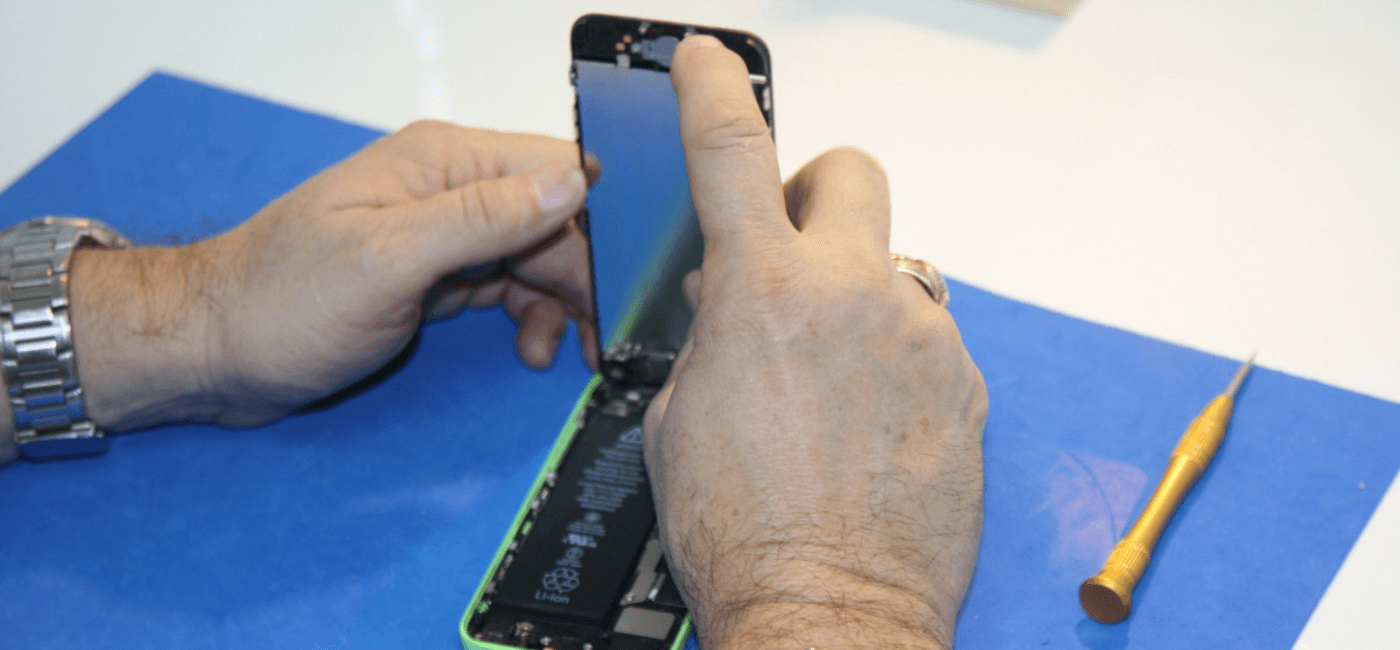Euphoria, increased sex drive, and tranquility are reported positive effects of GHB abuse. However, immediate negative effects of GHB use may include sweating and loss of consciousness (reported by 69 percent of users), nausea, auditory and visual hallucinations, headaches, vomiting, exhaustion, sluggishness, amnesia, confusion, and clumsiness.
GHB can have an addictive potential if used repeatedly. Withdrawal effects may include insomnia, anxiety, tremors, and sweating. Withdrawal can be severe and incapacitating.
Combined use with alcohol, other sedatives or hypnotics (such as barbiturates or benzodiazepines) and other drugs that possess CNS depressant activity may result in nausea, vomiting and aspiration, and dangerous CNS and respiratory depression.
High doses of GHB, even without other illicit substances or alcohol, may result in profound sedation, seizures, coma, severe respiratory depression and death. Emergency department episodes related to the use of club drugs usually involve the use of multiple substances, such as marijuana, cocaine, and other club drugs, such as methamphetamine, Ecstasy, or Rohypnol.
GHB detection methods for emergency room use are not readily available. Emergency room physicians may be unaware that GHB has been abused when a patient presents to the hospital, as well. Due to the short half-life of the drug, detection in the urine may be difficult. Supportive care and keeping airways open are the primary measures used in the emergency overdose situation.
